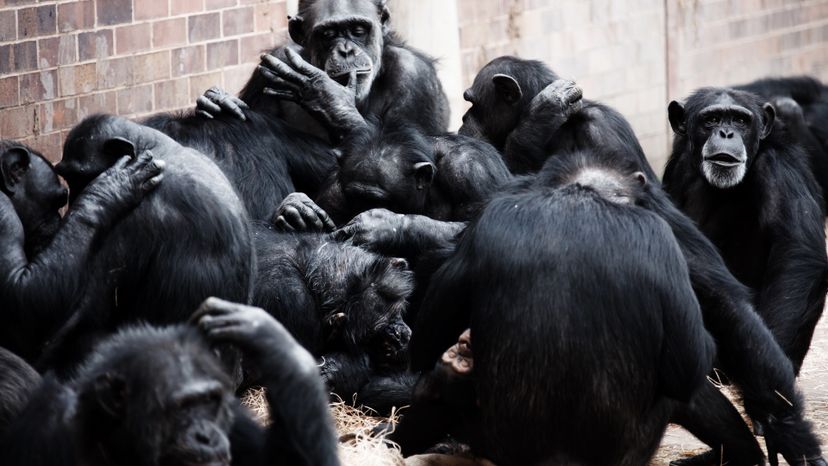
Have you ever heard a group of ferrets called a business? Or a collection of jellyfish referred to as a smack? What about a shrewdness of apes? We use specific collective nouns, also known as nouns of assemblage, to describe all sorts of groups — hosts of angels, bands of men and shocks of corn are commonly heard these days — but the nouns associated with particular groupings of animals can get weird, fast.
Because words and their uses are invented by people, when we see a bunch of a specific construction, you can bet on it being the result of a language fad. And, sure enough, 500 years ago, nouns of assemblage were all the rage. In this case, it started with animals:
Advertisement
"These are generally terms that came about from upper-class hunting culture in the 14th and 15th centuries," Magdalene Jacobs, a Ph.D. candidate in the Vanderbilt University Department of Hearing and Speech Sciences, says in an email. "They're called 'terms of venery,' and they're linked to Norman culture and influence, and to the idea of 'proper' hunting language."
Over 160 terms of venery are listed in the Book of St. Albans, a wildly popular (at the time) how-to book published in 1486, which coached medieval gentlemen through having conversations about hunting, falconry, fishing, sports and heraldry without embarrassing themselves at dinner parties. These collective nouns are found in a chapter entitled "The Compaynys of Beestys and Fowlys" and some of the terms referred to people rather than animals — a hilarious medieval joke.
Advertisement
